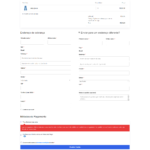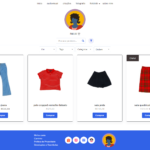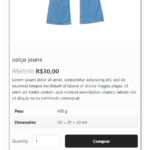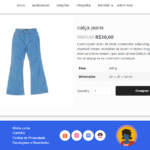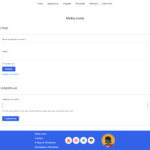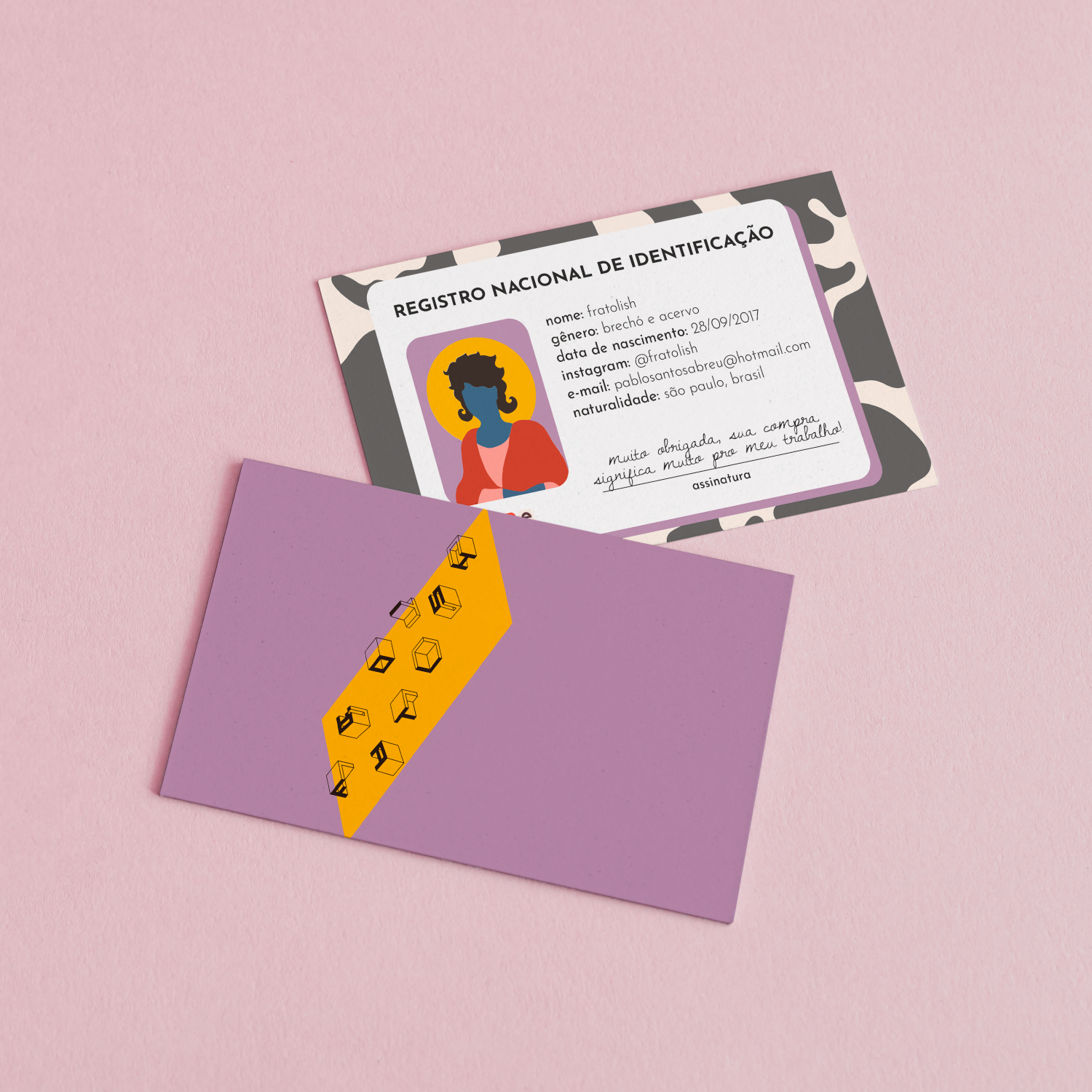Fratolish
About the project
This project was for Fratolish, a vintage fashion and decor “brechó”. Its founder, Pablo, started in 2017 by selling his own pre-loved clothing on Instagram. As his eye for curation grew, so did his inventory, which expanded to include a unique mix of vintage apparel and home décor.
About the job
This growth led him to a challenge: dependence on third-party marketplaces like Shopee and Enjoei. While these platforms provided an audience, their commission fees were significantly cutting into his profit margins. Pablo needed an affordable, self-hosted e-commerce solution embedded within his existing portfolio website.
The Developer & Designer's Mindset (My Then-Perspective)
Expanding the Brand Experience
The project scope went beyond the digital platform. I also designed two sets of business cards to be included with every order. This was about extending the brand’s tangible touchpoints and creating a more memorable unboxing experience for the customer, reinforcing the boutique feel of his shop.
Full Product Lifecycle
I witnessed the product’s entire journey:
- Ideation: Pablo’s frustration with marketplace fees.
- Development & Launch: Our collaborative build and go-live.
- Operation: The site ran successfully for approximately two years, serving customers and generating revenue with over 1000 sales.
- Sunsetting: The decision was to close the store when Pablo decided to change his career. This taught me a valuable lesson: not all products are meant to last forever. Success can also be defined by a product fulfilling its purpose for a specific period and being retired gracefully when it’s no longer aligned with strategic goals.
How This Experience Forged My Product Management Skills
- From Client Requirements to User Stories: I learned to listen more than a list of features and identify the fundamental problems that need solving for the user (in this case, the business owner).
- Prioritization Under Constraints: Building a robust solution on a tight budget forced me to prioritize what was truly essential for the MVP. This skill of making strategic trade-offs is a daily reality in product management.
- End-to-End Ownership: By managing the project from the initial conversation to the design of physical assets and the final launch, I developed a sense of holistic ownership that defines the PM role.

